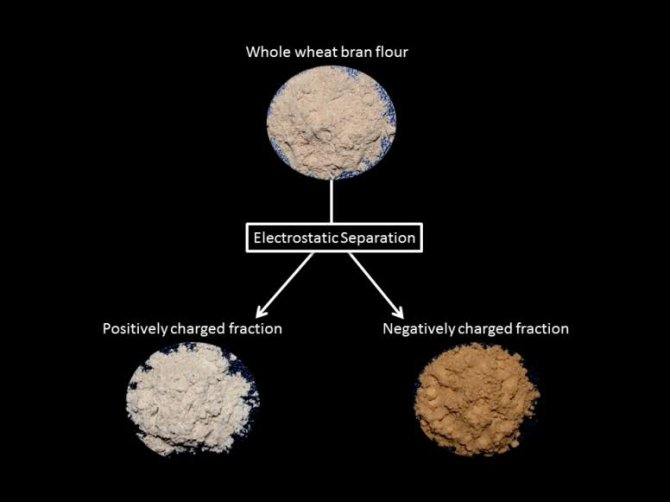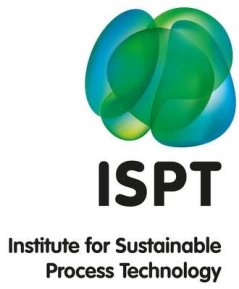
Project
Electrostatic separation for functional food ingredient production
PhD defended by Jue Wang at Wageningen University on 16 March 2016
Introduction
Dry fractionation is a very attractive alternative to conventional wet fractionation because of its lower water and energy consumption and its ability to retain (native) functionality of ingredients. Conventional dry separation methods, e.g. sieving and air classification, are based on differences in density or particle size. To increase separation performance (increasing purity & yield) there is a need for new driving forces for dry fractionation especially for separating powder mixtures with little difference in density or particle size.
Aim
The aim of this project is to develop a novel dry fractionation process for production of functional food ingredients, which relies on the use of a new driving force, such as migration under the influence of an external electrostatic field.
Approach
Separation by electrostatics is achieved by blowing and subsequent charging of powder particles in a tube. Then the charged particles migrate under the influence of an external electrostatic field (Figure 1). Electrostatic charging behaviour of food ingredients is investigated by monitoring of charge build-up during blowing of powders through different aluminium charging tubes. Additionally, electrostatic separation of various food ingredients such as fine milled wheat flour and bran millings is carried out using a laboratory scale device and evaluated for its separation potential. The purified fractions (Figure 2) are analysed on their chemical composition and related functionality.

Figure 1. Schematic drawing of a device for electrostatic separation of powders by tribo-electric charging and subsequent separation in an electric field

Figure 2. Purified fractions of wheat bran obtained by electrostatic separation

